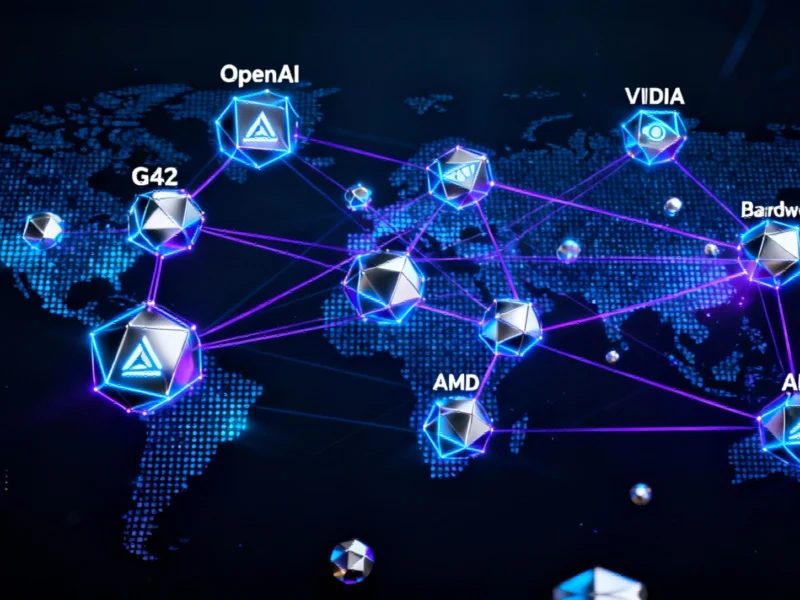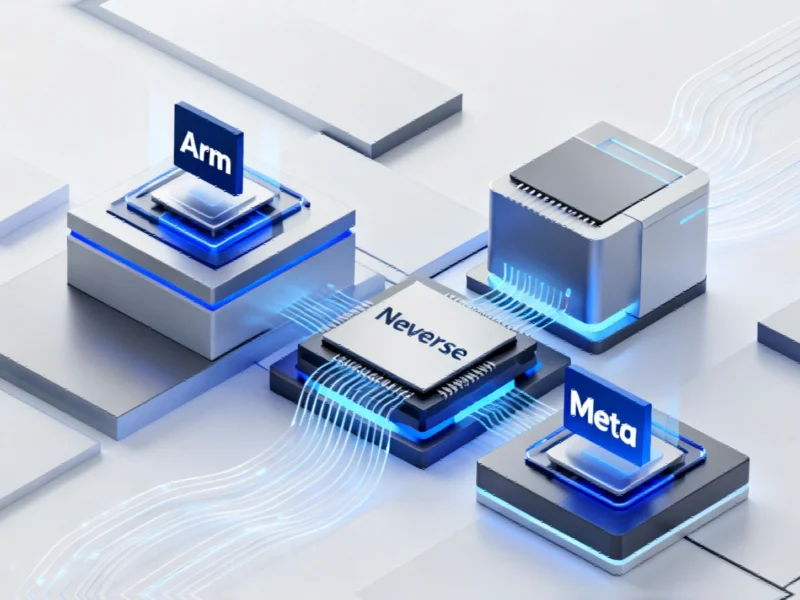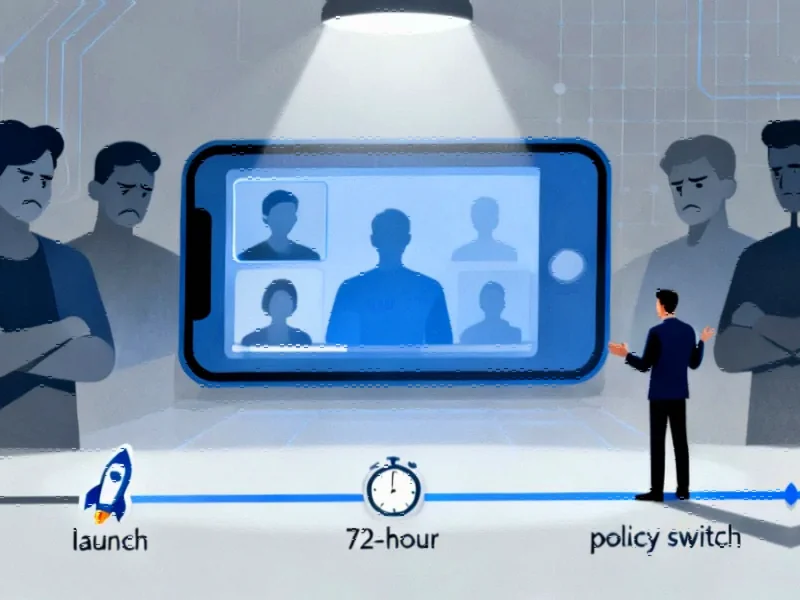Note: Featured image is for illustrative purposes only and does not represent any specific product, service, or entity mentioned in this article.
The Strategic Genius Behind Citigroup’s AI Implementation
While many companies are forcing artificial intelligence down employees’ throats with mandatory usage quotas, Citigroup has taken a remarkably different approach that industrial computing professionals should study closely. The banking giant recently announced through its head of technology and business enablement, Tim Ryan, that it’s implementing AI prompt training for approximately 180,000 employees who have access to the bank’s AI tools. What makes this initiative particularly noteworthy isn’t just its scale, but its philosophy: brief, accessible training that respects employees’ time while maximizing AI’s potential.
Unlike Moderna’s controversial mandate requiring employees to use AI at least 20 times daily, Citigroup’s strategy focuses on empowerment rather than enforcement. The training ranges from just 10 minutes for AI-proficient staff to about 30 minutes for beginners—a stark contrast to the days-long training sessions that often characterize corporate technology rollouts. This light-touch approach recognizes that in industrial computing environments, where productivity is paramount, lengthy training sessions can become counterproductive.
The Power of Prompt Engineering in Industrial Applications
At the heart of Citigroup’s training is prompt engineering—the art of crafting precise instructions to guide AI systems toward desired outcomes. Think of it as learning to communicate effectively with a highly capable but literal-minded assistant. In industrial computing contexts, this skill becomes particularly valuable when interacting with AI systems for data analysis, predictive maintenance, or process optimization.
The results speak for themselves: Citigroup’s AI system has been prompted over 6.5 million times in 2024 alone, equating to approximately 36 prompts per employee. This demonstrates how even minimal training can drive substantial engagement when the value proposition is clear. For industrial companies looking to implement similar strategies, the key insight is that quality of interaction matters more than quantity of mandates.
Balancing Comprehensive Training with Operational Efficiency
Citigroup’s approach represents a sophisticated understanding of training efficiency. Rather than attempting to create AI experts overnight, the bank provides just enough knowledge to make employees productive. This philosophy aligns perfectly with industrial computing environments where downtime is expensive and operational continuity is critical.
The training focuses on practical application—teaching employees how to refine their questions to AI systems much like they would refine instructions to a human team member. This iterative approach to command refinement mirrors how industrial engineers optimize processes: start with a general concept, evaluate the initial output, then progressively refine the parameters until the desired result is achieved.
Implementation Considerations for Industrial Environments
For industrial computing professionals considering similar AI training initiatives, several key factors emerge from Citigroup’s example:
- Scalability matters: Training must work equally well for both technical and non-technical staff
- Time efficiency is non-negotiable: Brief, focused sessions demonstrate respect for employees’ workloads
- Practical application drives adoption: Employees embrace tools that solve immediate problems
- Flexibility beats rigidity: Optional usage with strong support yields better results than mandates
These principles become especially important when considering how economic uncertainty might affect technology budgets and training initiatives in the coming years.
The Broader Industrial Computing Context
Citigroup’s AI training initiative arrives at a pivotal moment for industrial technology adoption. As companies navigate complex industry developments, the ability to quickly upskill employees on emerging technologies becomes a competitive advantage. The banking sector’s experience with AI implementation offers valuable lessons for manufacturing, logistics, and other industrial sectors where technology adoption can significantly impact bottom lines.
What makes Citigroup’s approach particularly relevant is its recognition that successful technology adoption requires cultural alignment alongside technical training. By focusing on practical benefits rather than technical marvels, the training speaks directly to employees’ daily challenges and opportunities. This human-centered approach to technology implementation may prove more valuable than the technical content itself.
Key Takeaways for Industrial Computing Leaders
Citigroup’s AI training strategy offers several actionable insights for industrial computing professionals:
- Start small but think big: Brief training sessions can drive significant organizational capability when properly designed
- Focus on practical application: Employees value tools that directly address their workflow challenges
- Respect the learning curve: Differentiate training based on existing knowledge levels
- Measure what matters: Track usage patterns and productivity impacts rather than just completion rates
As industrial companies navigate ongoing market trends and technological disruption, Citigroup’s balanced approach to AI training provides a compelling blueprint for sustainable technology adoption that respects both operational realities and human factors.
This article aggregates information from publicly available sources. All trademarks and copyrights belong to their respective owners.



